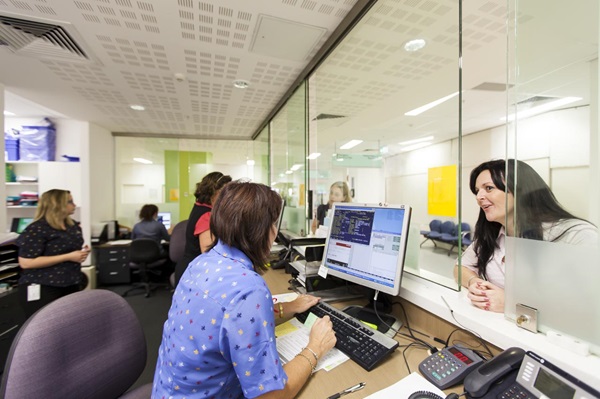We may think of location data as an essential part of navigation software or smartphone apps, but it can be used to improve the safety and security of a business as well. In this blog, we’ll discuss what location data is and how it can be leveraged in an emergency to protect your team.
What is location data?
Location data is information about the geographical location of a device or other object. Location data is usually tracked and collected by GPS satellite in a mobile network or smartphone service. When a device’s location services are on, it transmits its location via GPS. This is also how location data works for smartwatches, vehicles and other devices.
Location-based alerts then use that data to determine the recipients of said alerts. For example, if a wildfire breaks out near your office building, you may get an emergency weather alert because you fall within a specific radius of the event.
In fact, this is called “geofencing.” With Rave Alert, users can set up alerts to trigger when a device is within or enters a specific geographical location. That’s how emergency responders in Chippewa County, Michigan, found a local missing man just 30 minutes after deploying their first message.
Why use location data during emergencies?
Corporations are no longer limited to the countries in which they’re headquartered when it comes to doing business, thanks to the internet and a more connected society.
Take Coca-Cola, for example. During World War II, the corporation sold its drink to consumers only in the United States. Today, it sells its beverages and other products in more than 200 countries, with offices around the world.
Your organization doesn’t have to be as large as Coca-Cola to benefit from location-based alerts, however. You may have just one satellite office or one team of remote workers. But say a network outage affects that one office or a weather event threatens your remote employees in a certain city. Location-based alerts ensure that the right messages reach the right people, without worrying or disrupting others who are unaffected.
How location data can protect your people
Traveling or remote workers
Even though businesses can alert employees in an emergency with a few simple clicks of a mouse, having a remote option allows administrators to send alerts to a mobile device when employees are away from their in-office computers. It also gives incident managers the opportunity to send updates remotely during an emergency, or sound the all-clear.
Location-based alerts can save employees time and money, and even enhance their safety in an emergency. For example, if a business was to experience a cyberattack overnight, a system administrator could log into their mass notification platform from their home and advise employees not to commute to the workplace or log into corporate accounts remotely until the attack is resolved. This ensures that employee travel comes with fewer risks, as well.
Employees affected by sudden threats
Depending on the nature of the emergency, it may not be appropriate to send mass alerts to every employee simultaneously. Sending an alert regarding a natural disaster, health risk, or active assailant to every team member at once may cause panic and chaos.
The option to segment employee databases by location means that businesses can alert just those groups of employees who are affected by the emergency. During a developing event, employees can be evacuated in stages safely, rather than en masse.
Visitors, contractors and other guests
What about non-employees visiting your headquarters or other business facilities? How can they be protected and informed in a critical situation if they aren’t part of your internal communication system?
A proper communication solution that uses location data might allow non-employees to opt-in to notifications when visiting or doing business with your organization. Rave Guardian, for example, encourages non-employees to sign up for alerts without having to join your database. They can choose to receive alerts for a specific timeframe, or opt-out when their visit or business has concluded.
Choose a communication system with location-based alerts
Healthcare companies with multiple facilities, schools within a district, global corporations and local communities — all of these groups can benefit from the use of location data in an emergency.
Location-based alerts can:
- Determine where employees are to enhance safety
- Share critical information with employees affected by an immediate threat
- Inform only the people affected by an event to minimize panic and improve emergency response and recovery
Location-based alerts are just one valuable feature included in the Rave Mobile Safety Suite of communication and collaboration solutions.
Location data is used in solutions such as:
- Rave Alert, our secure, multimodal mass notification system
- AppArmor, a personal safety app that can monitor and communicate with employees as well as guests
- Rave Panic Button, an emergency communication tool that initiates fast response and real-time collaboration with emergency personnel
- And many more tools and resources for emergency and non-emergency matters
To learn more about Rave’s solutions that leverage location data for corporations, or to learn about customizing your own solutions package, schedule a demo today.





Comments are closed here.